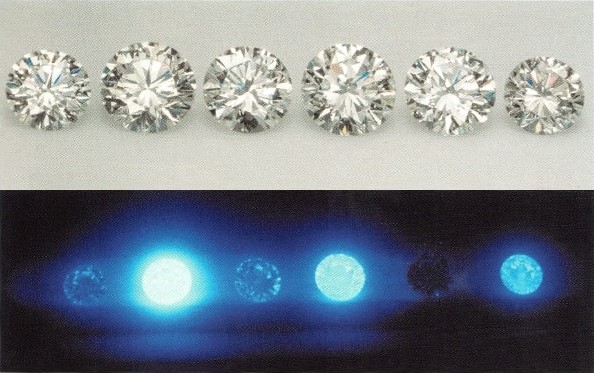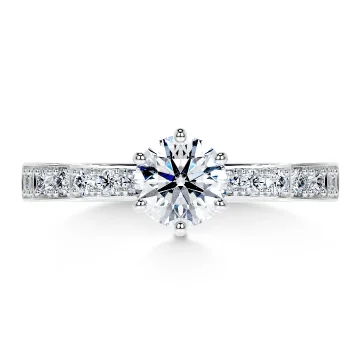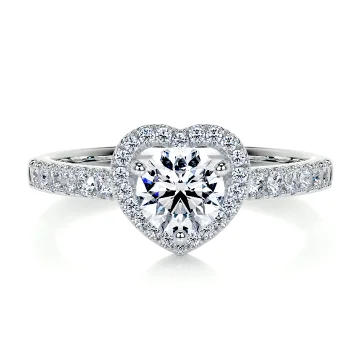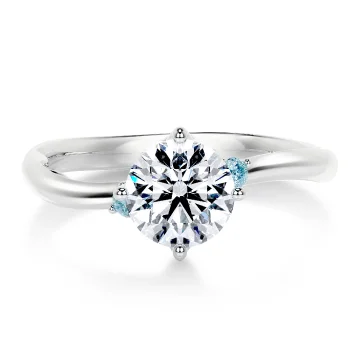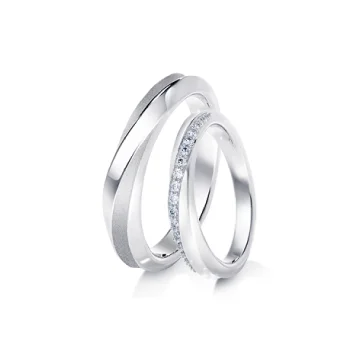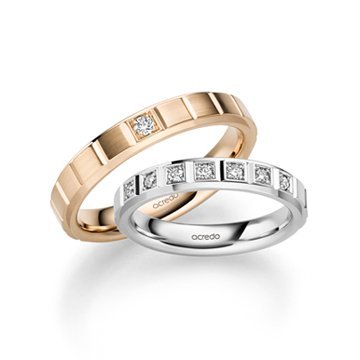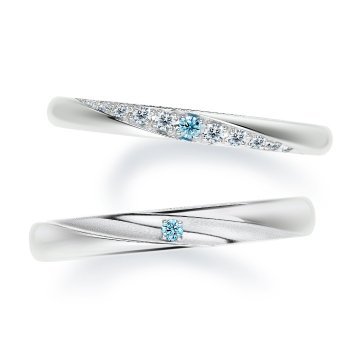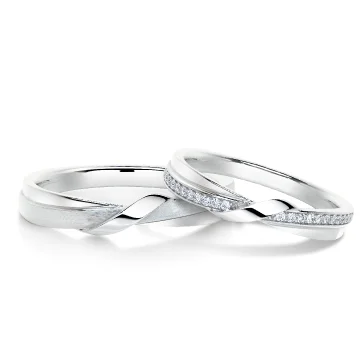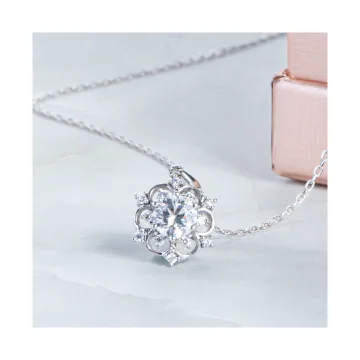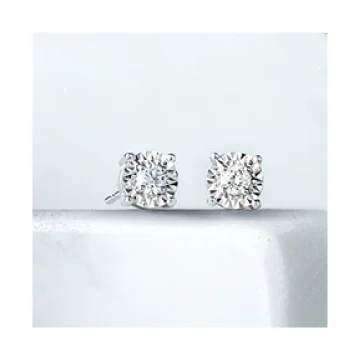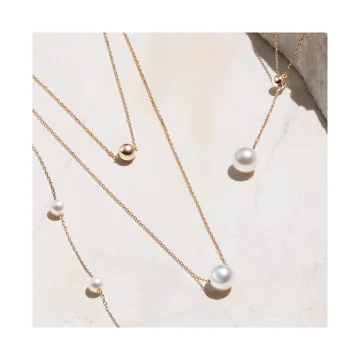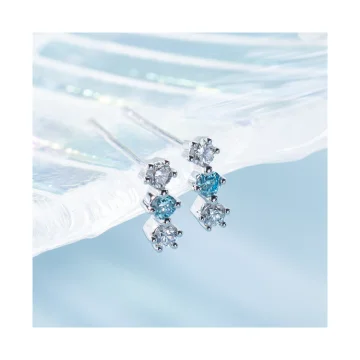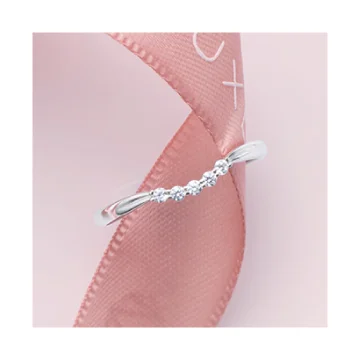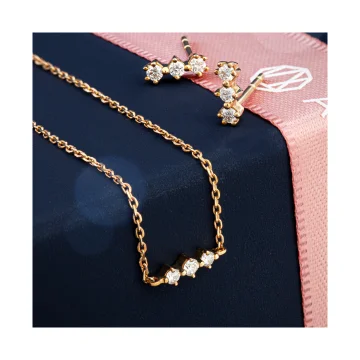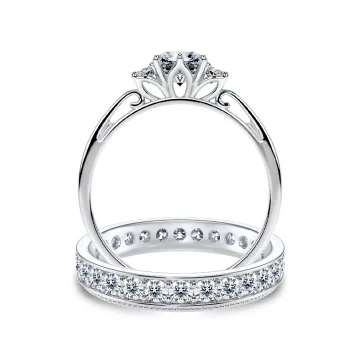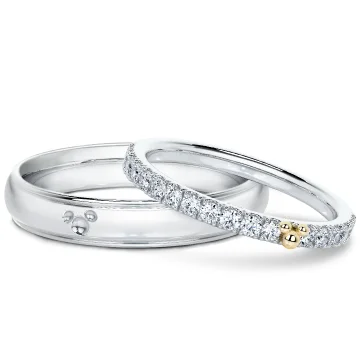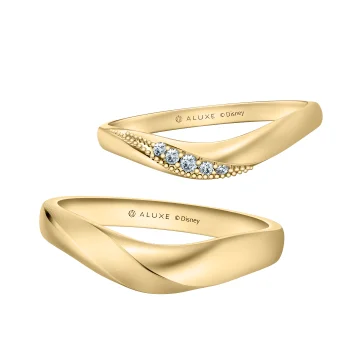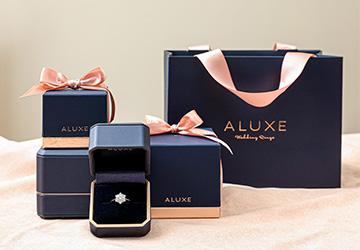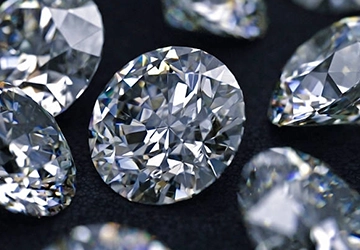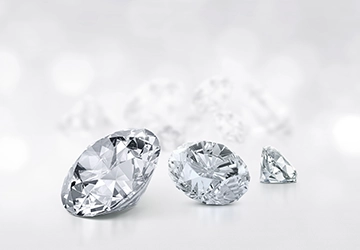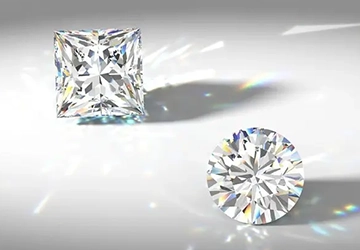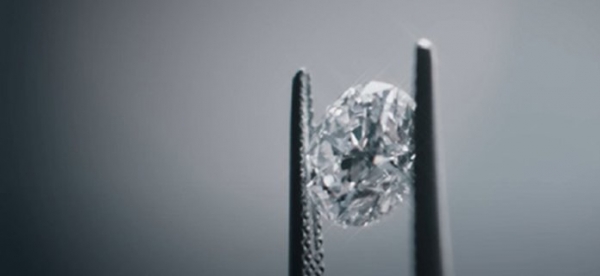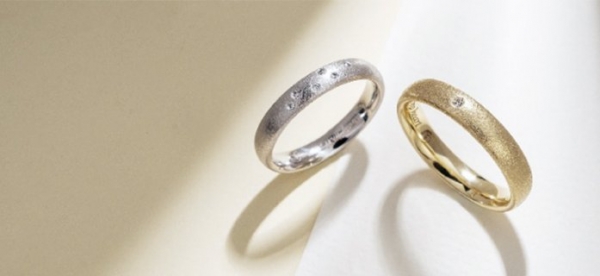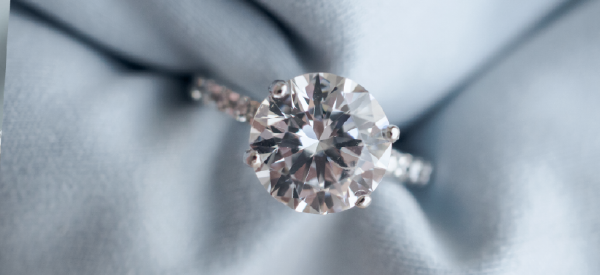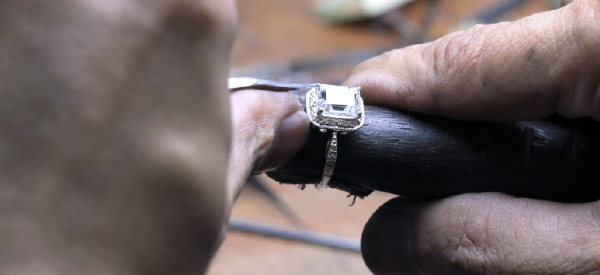| GIA | Color | ALUXE |
| D | Absolutely colorless, extremely rare. | ALUXE only provides the highest quality diamonds within these colors. |
| E | Colorless, but less transparent than D. | |
| F | Colorless, but less transparent than E. | |
| G | Nearly colorless but graders may detect slight color with the naked eye. When mounted, they appear colorless. Some color may be detected in near colorless, but they may appear colorless when mounted. | |
| H | ||
| I | Some color may be detected in near colorless, but they may appear colorless when mounted. | |
| J | ||
| K | Smaller diamonds that are similar to near colorless. | Not used by ALUXE |
| L | Some color can be detected by regular eyesight. | |
| M | ||
| N | Color easily detected by regular eyesight. | |
| OP | ||
| QR | ||
| ST | Easily detected color. | |
| UV | ||
| WX | ||
| YZ |
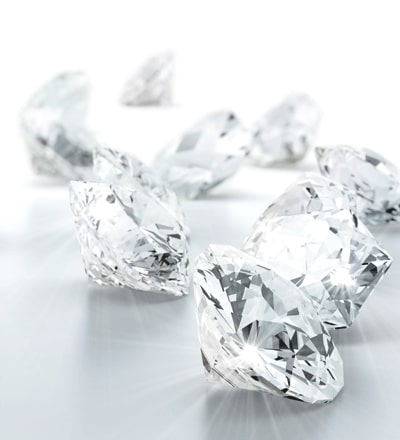
The color grading established by GIA categorizes white diamonds from D (colorless) to Z (yellow)
Diamonds come in various colors but in terms of white diamonds, there is nothing better than colorless.Colorless diamonds hold the top spot on the quality pyramid due to their rarity. However, E or F grade colors are also quite rare; even graders find it challenging to distinguish between these two colors without a master stone.
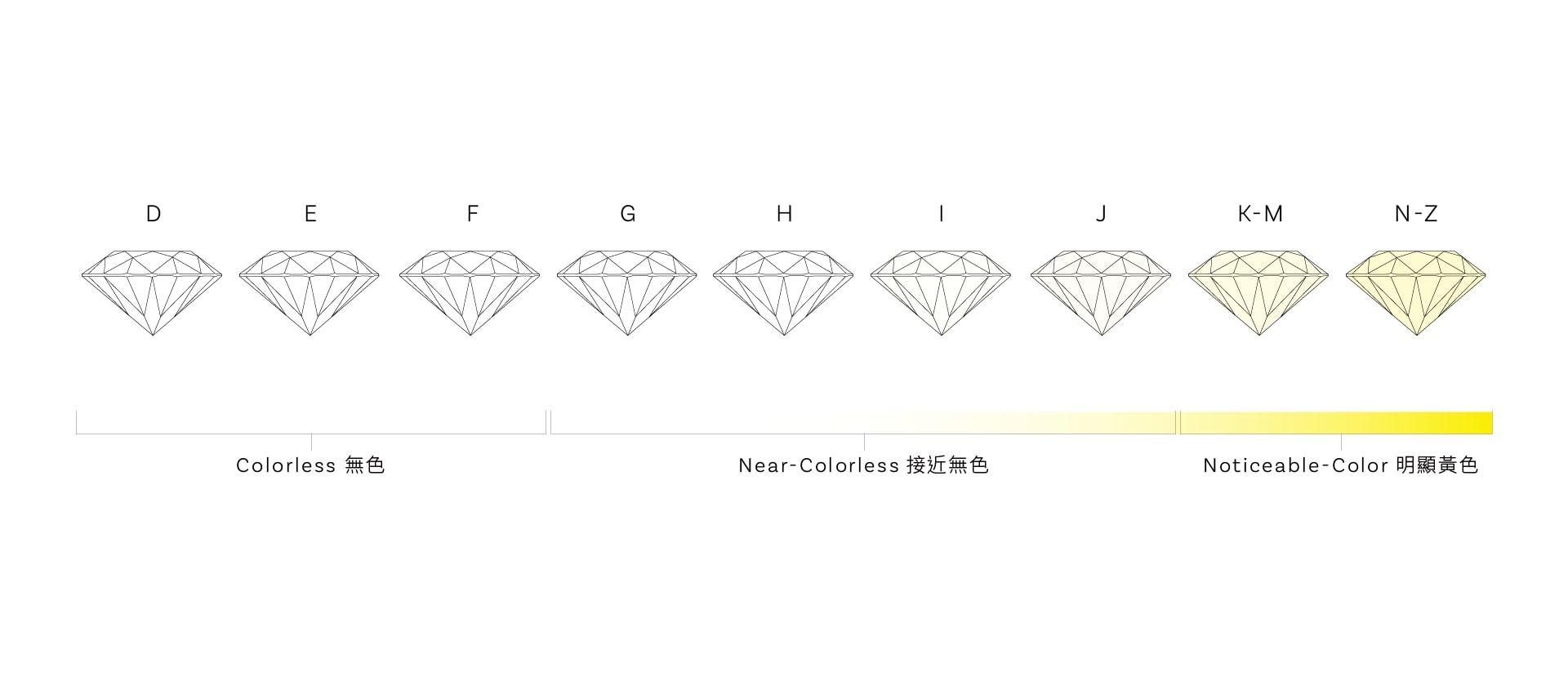
The color of white diamonds is graded from D (colorless) to Z (yellow).
GIA Diamond Color Grading
Fluorescence: A Key Factor of a Diamond’s Fire and Sparkle
When exposed to ultraviolet light, many diamonds emit visible light. Approximately 35% of jewelry grade diamonds exhibit fluorescence: the most common color reaction is blue, followed by yellow, orange, and white. Diamonds with Strong or Very Strong fluorescence often appear oily or milky, thereby decreasing the diamond’s fire and sparkle. As such, they are priced slightly lower compared to other diamonds. Fluorescence's grading is NONE, FAINT, MEDIUM, STRONG, VERY STRONG.
